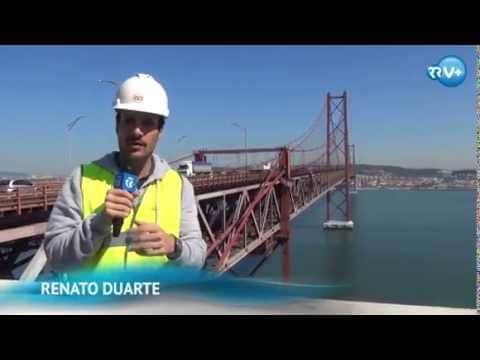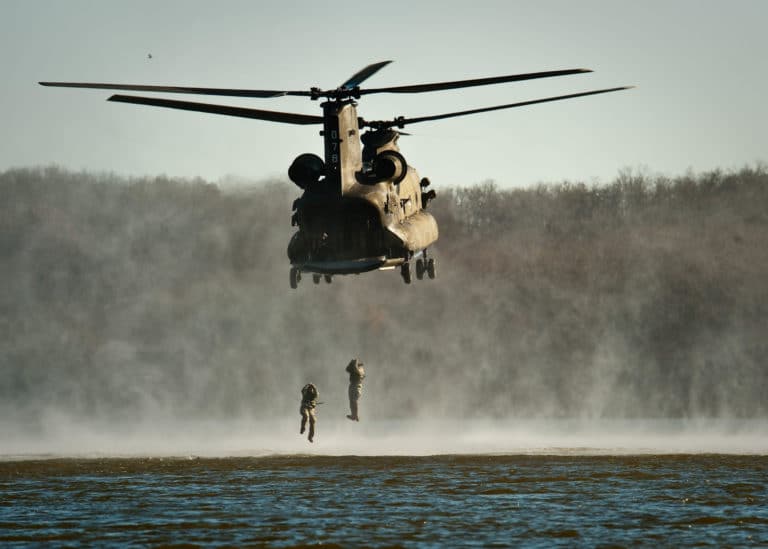NEW PARADIGMS FOR THE INTEGRATED MAINTENANCE MANAGEMENT – ISQ IN THE AIRMES PROJECT
The AIRMES project [1], a system of systems to reduce operational interruptions which result from technical faults in aircraft, is integrated in the European Clean Sky 2 (CS2) programme. It covers the optimisation of the various phases of the aeronautical maintenance operations and has a total budget of approximately 6 million euros, corresponding to a financing of 4.6 million euros.
The project has the collaboration of a consortium of 12 partners from six European countries, and is led by the national operator TAP Portugal.
The AIRMES project intends to develop technologies related to prognosis, applications for mobile devices to support maintenance, and a collaborative environment for the sharing of information, for better communication between key players and the aeronautical maintenance value chain. The AIRMES project, together with the DEMETER [2] project, selected in the scope of the 1st Call for Proposals (CfP) of the CS2, integrates the Platform 3 – WP3.6 ADVANCE Workprogramme of the CS2 [3], which is a strategic topic in the demonstrating platform (IADP) Large Passenger Aircraft (LPA), led by Airbus. The ADVANCE platform covers topics such as the Definition and Improvement of Maintenance, Maintenance Based on Condition, Big Data, Configuration Management and Maintenance Execution. It is also important to highlight that AIRMES project is the project with the biggest participation in the various work packages of the ADVANCE Platform.
ISQ participates in the AIRMES project activities for the development, integration and demonstration, in a real operating environment, of mobile applications which optimise the performance of maintenance operations, which are integrated in the area of Maintenance Execution. These improvements will be achieved through the integration of mobile solutions which allow the correct gathering and understanding of information which is relevant to maintenance tasks, which guide and support the maintenance technician throughout the inspection process and in the interventions in aircrafts. The development of a virtual reality prototype platform through the implementation of a 3D model and animation algorithms to assist the consultation of documents and maintenance procedures will be the main activities performed by ISQ, contributing also with its industrial maintenance background skills to the project in general. Systems which use virtual reality to assist in maintenance operations have already existed since 1970 with a number of applications, however, their application in the aerospace sector, namely in maintenance operations, is still at a very low level of maturity. In the coming years, an increase in solutions (software and hardware) is expected, which will allow the simulation, with a high level of reliability, the various stages of the maintenance cycle, maintenance, such as disassembly, repair, assembly, among others.
This type of system can be enhanced through the addition of 2D information related to the material and processes needed to conduct the maintenance operation, and can therefore provide a decision supporting system. Also, a decision support system based on virtual reality technology may also be used as a tool to support the training and assessment of technicians. This tools will also allow continuous troubleshooting during the training of technicians, allowing access to extremely important data, such as error statistics, execution times, work load forecasts and associated costs. With this data, it is also possible to obtain performance measurements for the technicians for future assessment. One of the main challenges in the application of this technology is related to the technical documents, as its updating and consultation are time-consuming tasks and subject to human error. The European project TATEM, in which ISQ also participated, in addition to having identified these facts, also estimated that between 15 to 20% of a technician’s time was dedicated to searching for relevant information needed for the performance of the maintenance tasks, and, at the end of the project, proposed the development of software focused on the maintenance process as a mitigation measure. Some of the errors identified result from the fact that information is provided in 2D format, not at all adjusted to the complex three dimensional reality of maintenance activities. Therefore, the presentation of the problem and of its solution in 3D facilitates its perception and the understanding of the options of intervention. The development of this type of software also has limitations which AIRMES project will cover and overcome. Examples of these limitations are the incompatibilities of pre-existing documents, lack of supply of contextualised documents, more demanding requirements face to the level of information and lack of operational validation. On the other hand, the introduction of new technologies and procedures which are unusual to the normal maintenance lines operation may create some expectation on technicians.
The gathering of truly contextualised documentation, this is, to have available reliable information, correctly dimensioned in time and space (right time an place) for the end-user (maintenance technician), is one of the objectives of ISQ in AIRMES project. To reach this, ISQ will make use of information technologies, namely architectures oriented towards service (serviceoriented architectures – SOA) and software as service (software- as-a-service – SaaS), associated with mobile applications installed in tools such as smartphones or tablets. The impact of these developments will result in a significant reduction in the time spend for documents searching and in the reduction of the possibility of human error in aircraft inspections.







